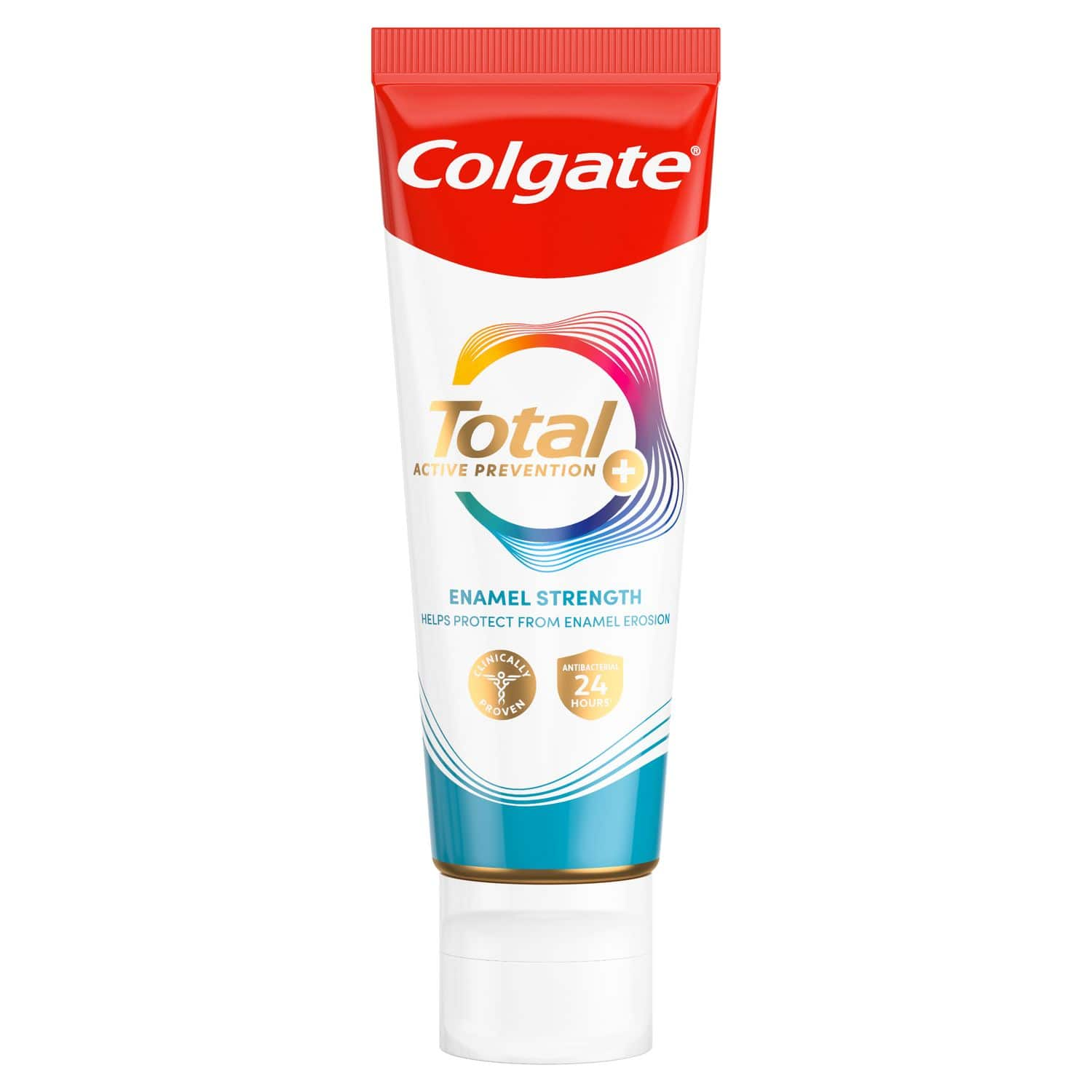The lowdown on TMJ
The exact cause of TMJ disorders is often challenging to determine. But there are some causes to look out for including arthritis, a jaw injury, or clenching or grinding your teeth (bruxism). It also can be genetic. Signs of TMJ disorder may include:
- Pain or tenderness in your jaw, temporomandibular joints, or around your ear
- Difficulty or pain while chewing
- Locking of the jaw joint so that opening or closing your mouth is difficult
Contact your dentist if you have persistent pain or tenderness in your jaw or if you have trouble opening or closing your jaw all the way.
Now, let's discuss the fun part so you can get some relief!
TMJ Kneading Massage
A TMJ kneading massage provides constant, circular motion against the joints and muscles most affected by TMJ pain. Here's how you do it:
- Locate the masseter muscles in your lower jaw. They're the ones directly behind your molars and just below your cheekbone. If you start at the corner of your mouth and work your fingers back towards your ear, you'll feel a flat plane of bone. That's what you're looking for.
- Massage this area by pressing gently with two or three fingers and moving in a circular motion. This warms the muscles and improves lymph function, which helps to flush out any build-up of waste. It also increases blood flow to this area.
- Continue until you find some relief.
- Experiment with different areas of the jaw and even try massaging your jaw with your entire hand.
TMJ Friction Massage
Next up: the TMJ friction massage.
For some people, pressure alone is enough to find some relief. That said, it needs to be done correctly and in the right place. Here's how to apply a TMJ friction massage to yourself:
- Locate the mandible muscle. This is the lower part of your jaw just below the masseter, found along your jawline.
- Apply gentle, constant pressure to the mandible muscle using your index finger.
- Experiment with the exact spot and amount of pressure that works for you. Try different things each day until you find what works best for you.
TMJ Stretching Massage
The final massage for TMJ we'll cover today is the stretching massage. If you liked the friction massage, the TMJ stretching massage could further your relief and "exercise" the muscles most responsible for TMJ disorders. Here's what you need to do:
- Place two thumbs parallel to your jawline, right above your mandible muscles.
- Press on these muscles as you drag your thumbs down against your jaw, slowly stretching the muscle away from your upper jaw (maxillary).
- You can also place two fingers of one hand on the mandible and two fingers of the other hand on the masseter muscles. Then, press your fingers towards each other until the tips of your fingers are in between both muscles. You'll want to hold them for a few seconds before relaxing.
Pro tip: The first variation of this massage needs two thumbs, so you might want to ask your partner for help!
Now you know how to relieve some of your TMJ jaw pain, and the best part is that you can do all three of these massages at home. The key is to find the exact points and pressure that work for you. And to keep experimenting until you find relief. If you notice you're sore or stiff for too long, see your dentist or doctor for treatment options to pair with any of these TMJ massage techniques. So start trying out these massages today. It'll help you drop the pain and feel more comfortable as soon as possible.
ORAL HEALTH QUIZ
What's behind your smile?
Take our Oral Health assessment to get the most from your oral care routine
ORAL HEALTH QUIZ
What's behind your smile?
Take our Oral Health assessment to get the most from your oral care routine













